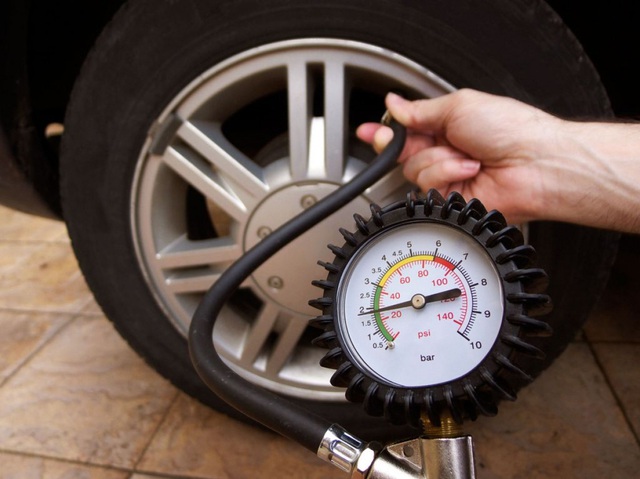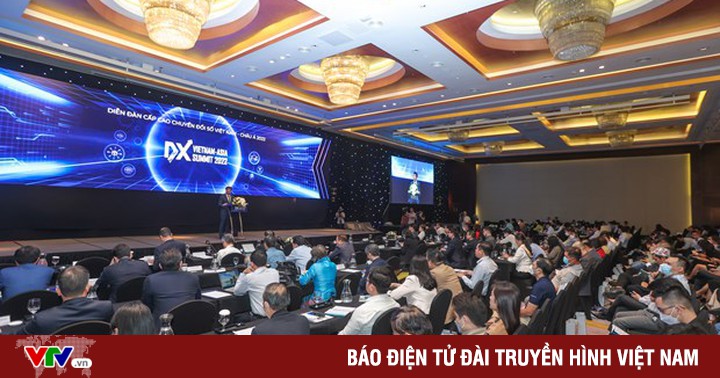Fuel-efficient driving – Did you know how?
Gasoline prices increased to nearly 30,000 VND/liter, causing people’s spending on fuel to move daily also increased. So people are also trying to find ways or solutions to energy saving thereby helping to reduce spending.
So before the price of gasoline drops, you can apply some of the following measures recommended by technical experts to help save fuel when using a personal car:
– Engine tuning: According to the US Environmental Protection Agency (EPA), a properly tuned engine can help save fuel by 4%. Fixing serious problems like a faulty oxygen sensor can increase fuel efficiency by up to 40%. And also do not ignore any engine fault light signal.

Tires that are tight and inflated will also help you save some fuel when traveling. (Artwork: KT)
Fully inflated tires: Inflated tires can increase fuel efficiency by up to 3.3%. Inflated tires are safer and more durable. Under-inflated tires can reduce fuel efficiency by 0.3% for every psi drop in the pressure of 4 tires. Don’t rely solely on the tire pressure monitoring system to detect under-inflated tires, it’s best to check your tires with the appropriate gauge once a month and see your vehicle’s owner’s manual for more information.
– Clean the air filter: It will be difficult to drive the car if you can’t breathe. A dusty air filter makes the engine work harder and allows impurities to easily enter and damage the engine. Replacing a dirty air filter will reduce fuel consumption by up to 14%, according to the EPA. In modern cars, replacing a clogged and dirty air filter also helps improve the vehicle’s acceleration.
Use the right engine oil: Friction makes the engine work harder and oil helps reduce engine friction. So use the oil recommended by the manufacturer to increase fuel efficiency by 1-2%.
– Check the fuel tank cap: A loose or improper fuel tank cap not only causes the engine fault light to give the wrong signal, but also causes millions of liters of fuel to evaporate every year.

The installation of additional accessories will increase the weight of the vehicle and cause fuel consumption because it has to bear a large load. (Artwork: KT)
– Avoid oversized accessories: Fitting an oversized rim and super-low tire cover in the wheel hub may look cool, but it increases fuel consumption. Larger rims and tires also hinder rolling, increase the weight of the suspension, affect aerodynamics, consume more fuel and can also affect ride quality. More seriously, it can also be dangerous when braking or steering.
– Plan a trip: Take your kids to school? Going grocery shopping? Plan your route and time to avoid rush hour traffic.
The EPA says every 45 kilograms of cargo uses 2% more fuel – even more in smaller car models.
– Eliminate cargo: Cargo causes the vehicle to work more and consume more fuel. The EPA says every 45 kilograms of cargo uses 2% more fuel – even more in smaller car models. Cargo carrying on a roof rack reduces fuel efficiency by up to 5%.
About 0.25 liters of fuel will be used to counteract the wind, so when carrying goods on the roof, fuel efficiency will decrease. Even empty roof racks can affect aerodynamics, so remove them when not in use.

Items and goods that are not really necessary should be discarded or stored in the garage so that they do not have to be loaded and cause fuel consumption.
– Slow down: Starting a vehicle uses more fuel than keeping the vehicle in motion. Accelerate gently through intersections and stay away from traffic lights. Avoid sudden acceleration or extreme speed driving and heavy braking, as these actions can reduce fuel efficiency by up to 33% on highways and 5% in city driving.
You can travel 10-15% longer by driving at 90km/h instead of 104km/h. According to Natural Resources Canada, the most fuel-efficient speed is between 50 – 80 km/h.
– Avoid idling for too long: If you have to wait in a long line of jammed cars while it’s not too hot outside, turn off the engine. Idling still consumes fuel even if you don’t move another meter. A car can consume 1 liter of fuel without moving a meter if the engine is idling. Although restarting the car will consume a small amount of fuel, 15 minutes of idling can burn nearly a liter of fuel.

Air conditioner is one of the equipment that consumes fuel if you do not know how to use it properly.
– Use the air conditioner appropriately: Air conditioning reduces fuel efficiency by up to 10%. If the outdoor temperature and air allow, consider using a higher fan speed to circulate the air instead of lowering the air conditioner temperature. At speeds below 64 km/h, consider lowering the windows if the air quality is acceptable instead of using the air conditioning. At speeds above 72 km / h, wind resistance will cause great resistance and will consume more fuel than running with air conditioning.
– Drive in high gear: When driving a manual transmission, use the highest gear possible to keep the engine revs low, because low revs consume less fuel. But do not overdo this tip and make the car stall. If you drive an automatic, take your foot off the pedal to stop the gas and the transmission will jump faster. All Chevrolet models with automatic transmission have a 6-speed transmission with a higher gear ratio to reduce engine revs at medium speeds, helping to save fuel.

Use the cruise control system (Cruise Control) if your car has it, it will help you save some fuel.
– Cruise control: If your car has cruise control, turn it on, especially on the highway. Cruise control prevents acceleration and thus helps save fuel by accelerating and decelerating in moderation. This feature is most effective when used in conjunction with the transmission setting in “economy” or “auto” mode. Do not use cruise control when riding in heavy rain or very wet roads.
– Let the vehicle drift or shift until it comes to a stop: When driving an automatic transmission vehicle in heavy traffic, you can let the car drift forward because cars with automatic transmissions can automatically move forward without using engine power. Stay in gear until you stop if you’re driving a manual transmission. No need to put your foot on the gas pedal while the car is running.
Modern engines will use almost no fuel at all, just enough to keep the car from stopping. The engine will consume more fuel when starting in place with the transmission in medium gear.
* Invite readers to watch programs broadcast by Vietnam Television on TV Online and VTVGo!
at Blogtuan.info – Source: vtv.vn – Read the original article here



